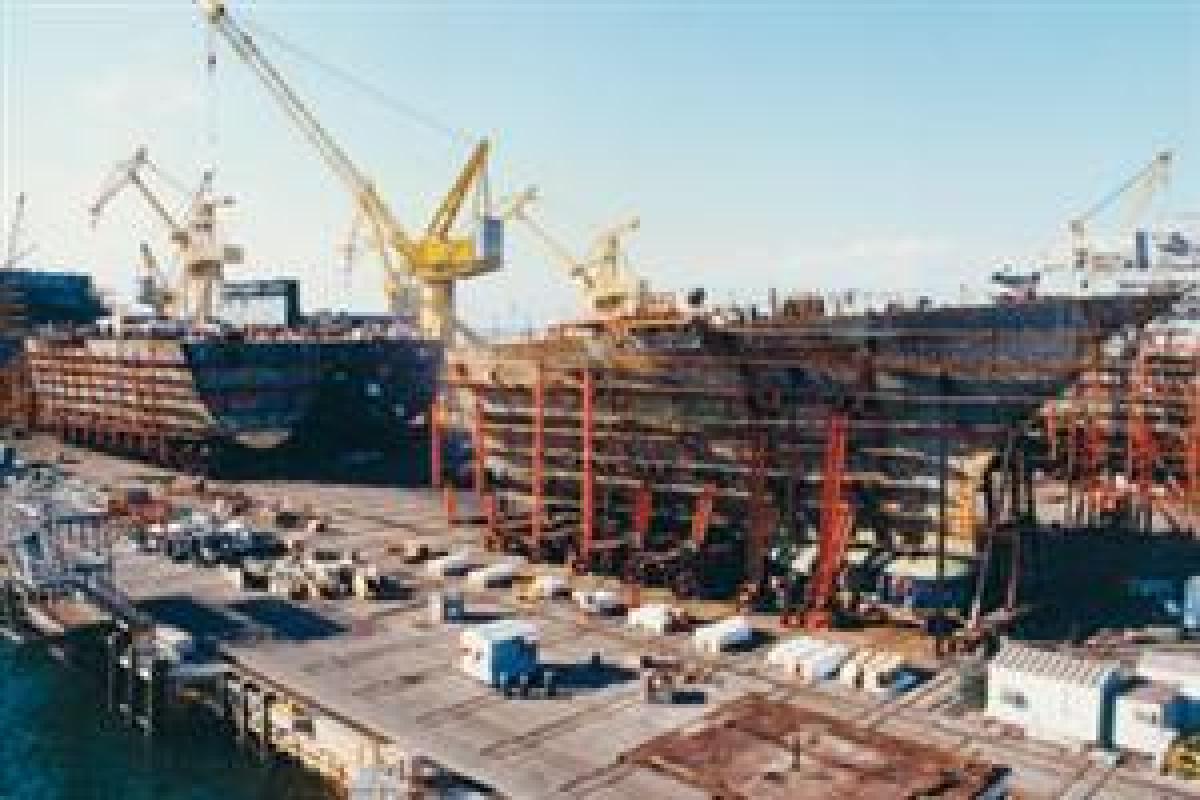Congress has made the latest course change in the U.S. Navy's convoluted surface combatant program. It has now funded the third DDG-1000 destroyer in the Fiscal Year 2009 budget asoriginally requested in the President's budget proposal. This action ran counter to the Navy's making it known that it wished to limit the program to two ships and, instead, return to building destroyers of the Arleigh Burke (DDG-51) class. Indeed, there was even talk within the Navy spaces in the Pentagon of cancelling the first two DDG-1000s, ordered earlier this year, and accepting the massive cancellation fee.
With respect to the congressional action, an explanatory statement by David R. Obey (D-Wisconsin), chairman of the House Committee on Appropriations, said:
The bill includes $1,507,603,000 for the first year of split funding for the DDG-1000 program. The Navy is directed to budget for the remaining funding requirement in fiscal year 2010 and to award a construction contract consistent with the ship's current acquisition schedule. . . . The bill also includes $200,000,000 in advance procurement to preserve the option to restart the DDG-51class destroyer program.
It is unlikely that Congress will press the Navy to build the four additional DDG-1000class ships in the service's long-range construction program. (According to some sources, the original goal of 32 ships of this class is still "on the books.")
Rather, congressional interest in the short-term appears to center on restarting the DDG-51 program as a means of keeping in business the two shipyards now building that class-Bath Iron Works/General Dynamics (Maine) and Ingalls/Northrop Grumman (Mississippi). The 62nd and last ship of the class now on order, the Michael Murphy (DDG-112), is scheduled to be completed by Bath in 2010.
The same two yards are also under contract to construct the DDG-1000 and DDG-1001, respectively. Further confusing the picture, General Dynamics is team leader for the Independence (LCS-2) class of littoral combat ships, another program experiencing massive cost overruns and delays. Lockheed Martin is team leader for the second LCS design, with the Freedom (LCS-1) the lead ship.
If the DDG-51 program is continued, as noted in an earlier issue of Proceedings, there will be extensive changes to the design, with an estimated cost of $2 billion per ship.1 Six to eight additional DDG-51s are currently being mentioned in Congress and the Pentagon.
Meanwhile, discussions are continuing for a follow-on cruiser class, the CG(X), with a primary mission of ballistic-missile defense. At this time two designs are being proposed—6 small and 13 large ships. The former could be an improved DDG-51 with a plug inserted for additional vertical-launch missile cells. The number of hulls being mentioned may indicate that the restarted DDG-51 program could become the CG(X). If an updated, enlarged DDG-51 becomes the CG(X), the cost would be far in excess of $2 billion per hull.
The proposed 13 large ships would be of a new design. Originally these were to make use of the ten-year-plus, $13 billion-plus investment in developing the DDG-1000 design. But the tumblehome hull shape of the DDG-1000 has been rejected for the large cruisers while Congress has directed that the ships have nuclear propulsion. A rough estimate of almost $9 billion for the lead ship has been mentioned, i.e., the approximate cost of a nuclear-propelled aircraft carrier or—possibly—four "new" DDG-51s (not the CG[X] variant).
The new administration that takes office in January 2009 will be faced with several key decisions with regard to the future Navy surface combatant force. Such issues, however, will be far, far down the administration's list of priorities. Rather, in the absence of strong Navy leadership, Congress will undoubtedly make the key decisions.
1. See N. Polmar, "Surface Combatants Adrift," U.S. Naval Institute Proceedings (October 2008), pp. 88-89.



